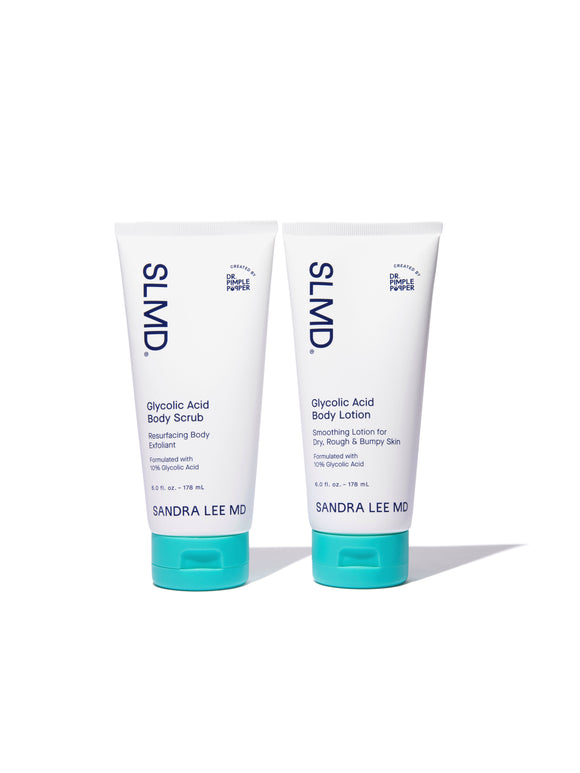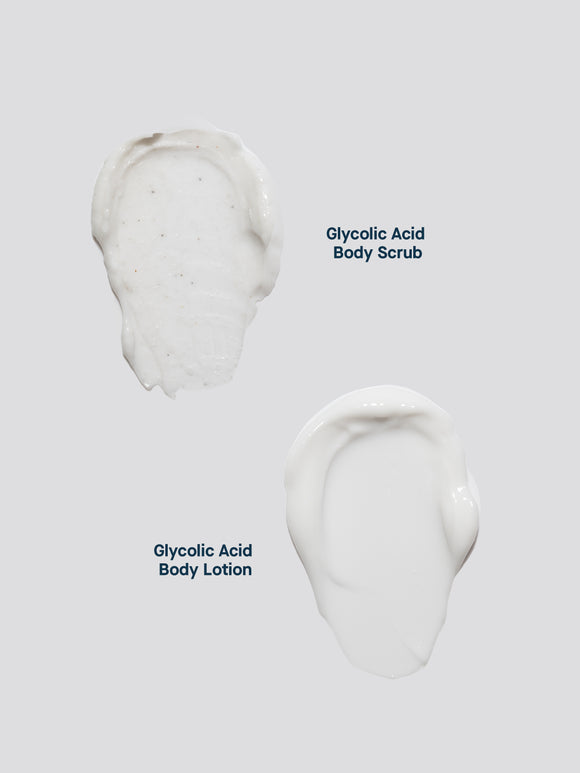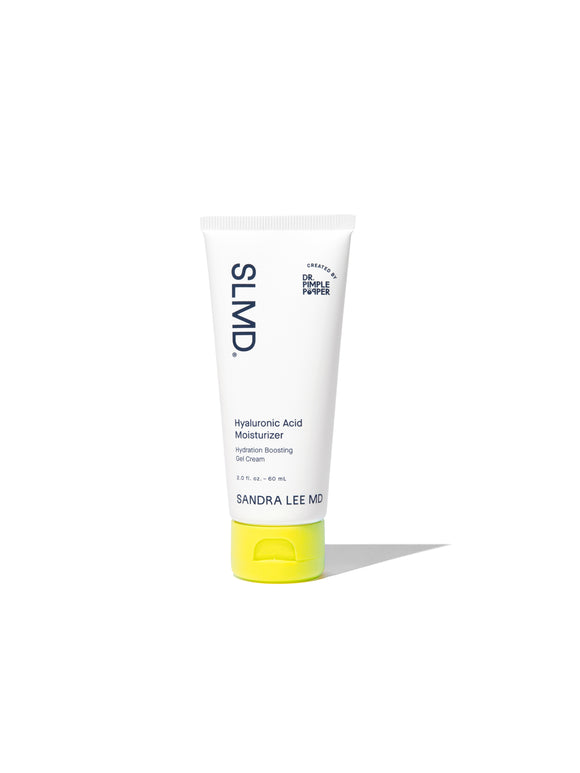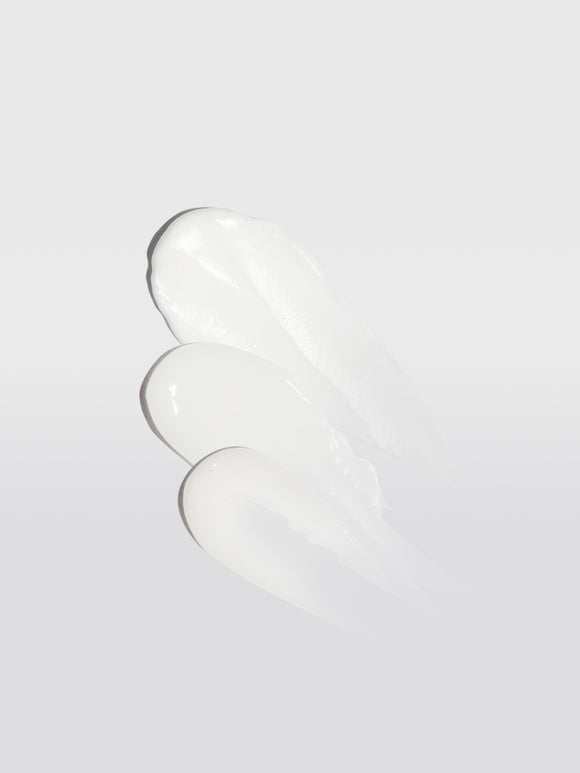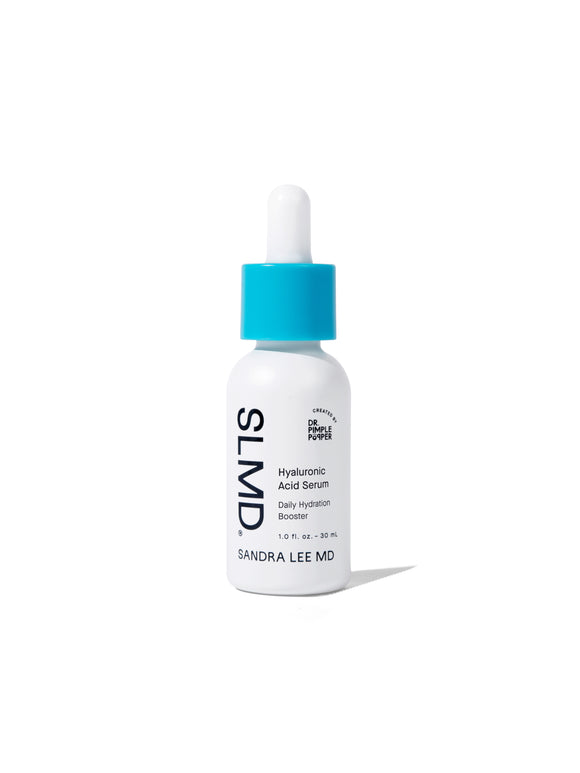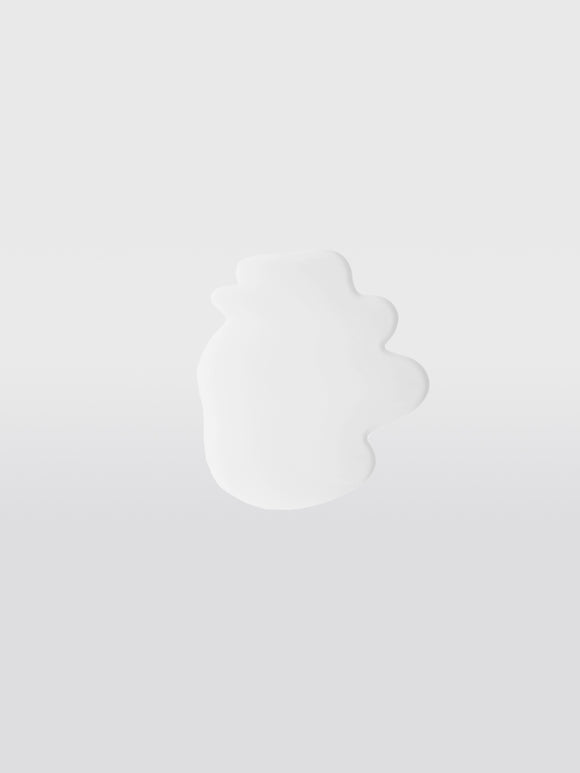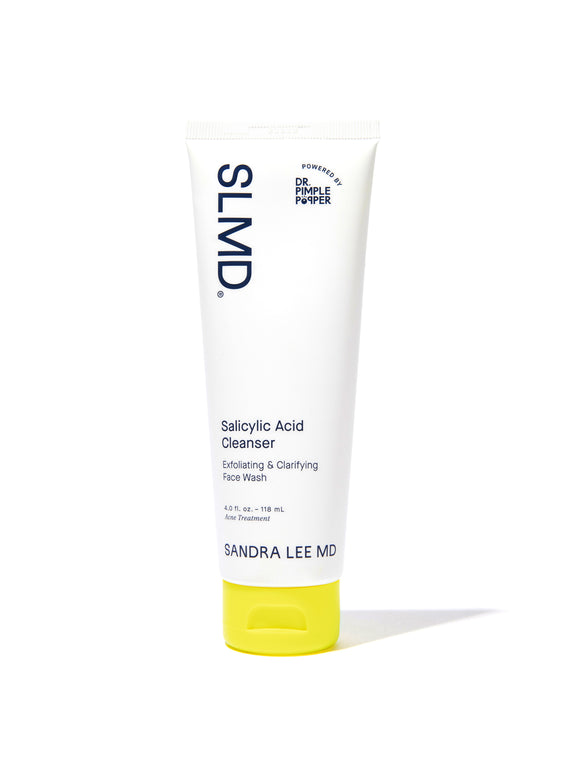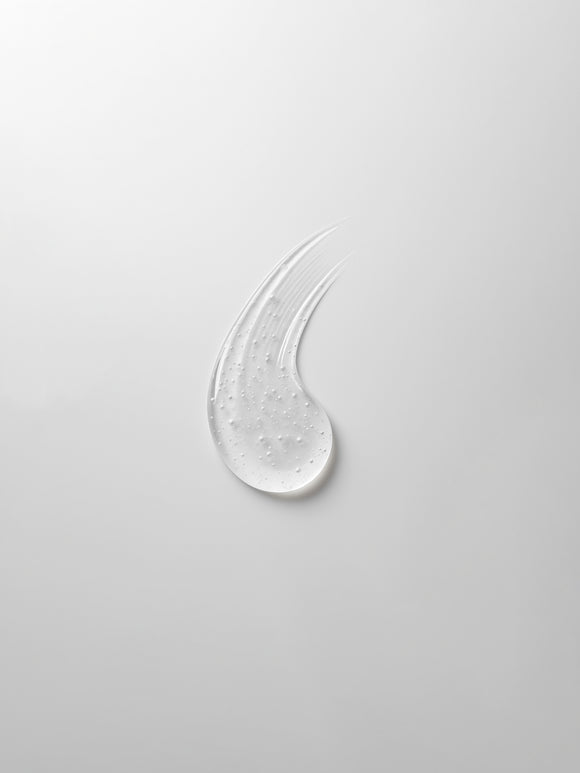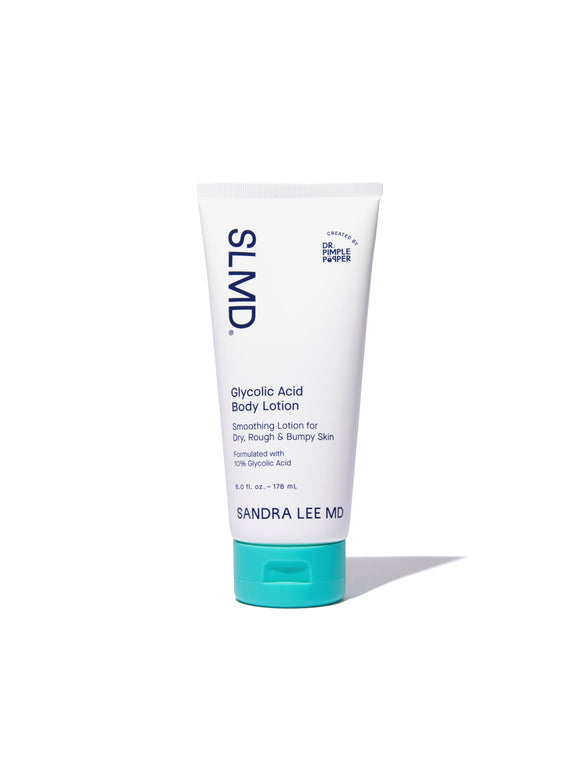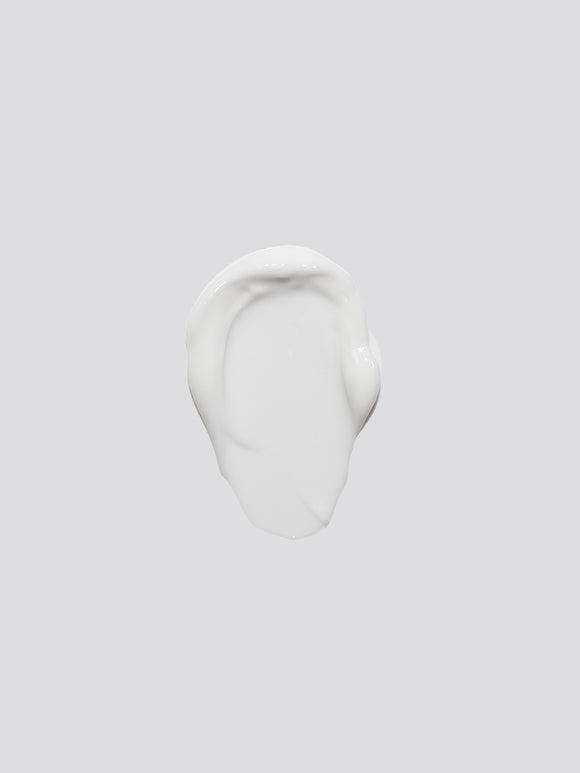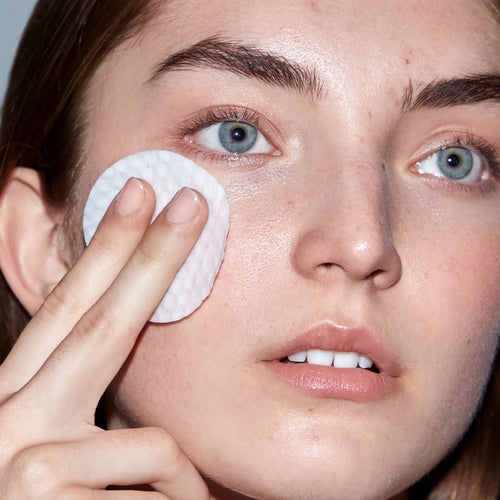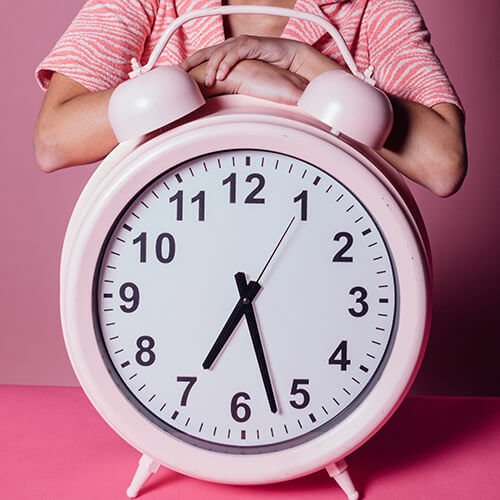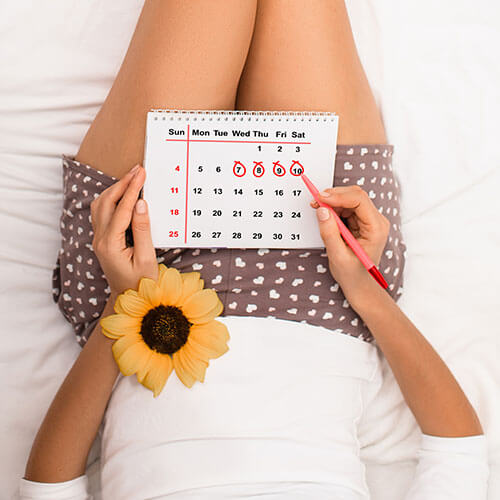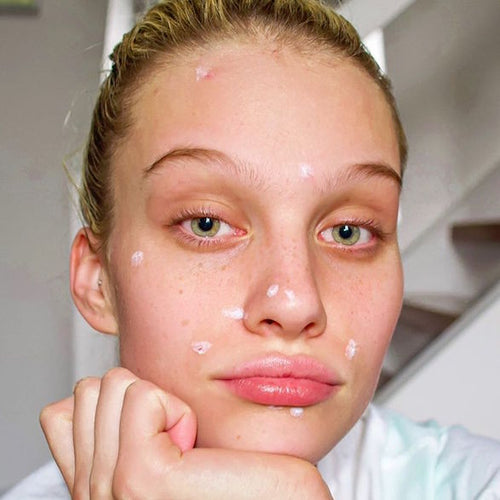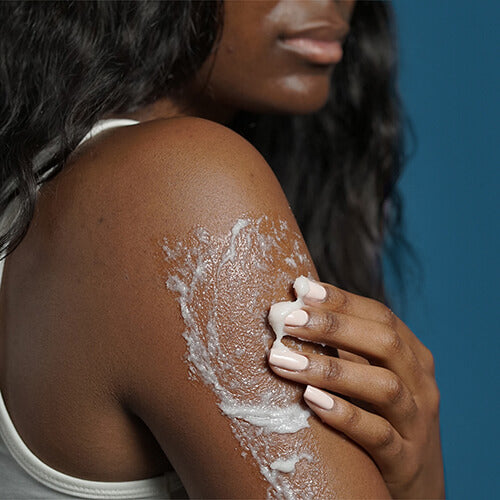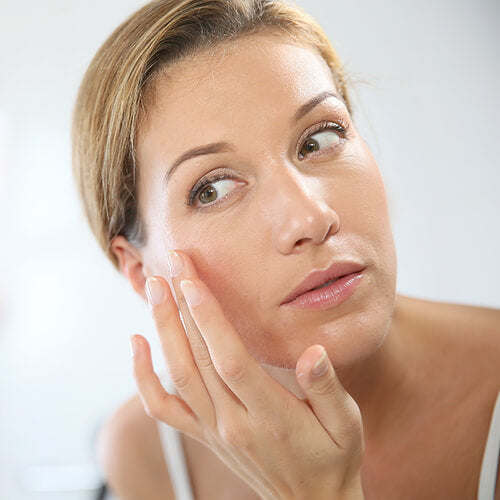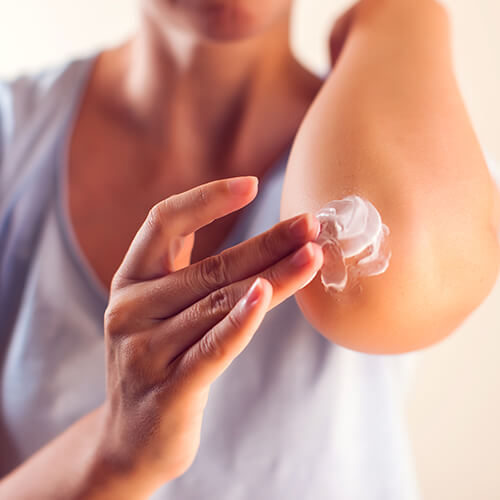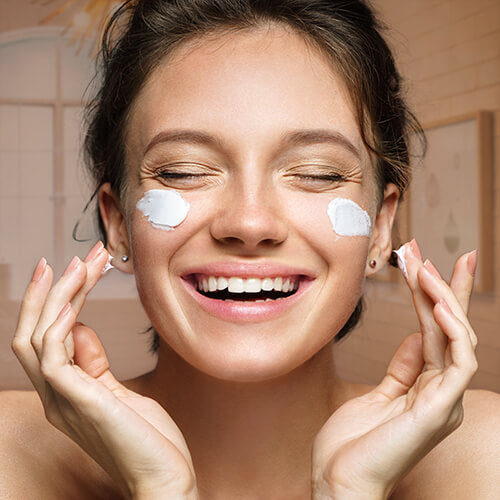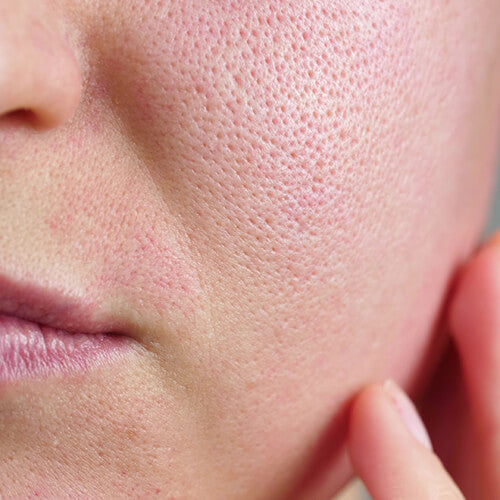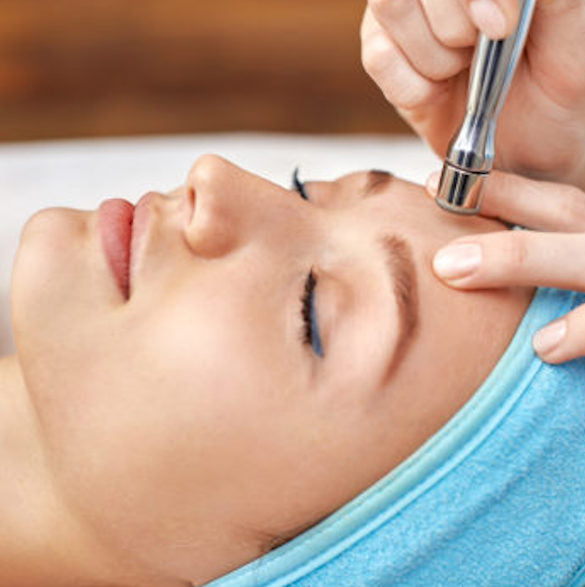
The Nitty Gritty of Microdermabrasion
Everything you need to know about this minimally-invasive skin resurfacing treatment.
Published:
4 minute read
Microdermabrasion is a popular skin rejuvenation technique that uses a specialized device to exfoliate and polish the skin. It works by projecting a fine stream of abrasive particles onto the skin's surface, methodically removing dead skin cells and uncovering a fresher, more youthful skin layer beneath.
Wondering if it’s right for you? We asked dermatologist and SLMD Skincare founder, Sandra Lee, MD (aka Dr. Pimple Popper) to explain everything you need to know about microdermabrasion.
Article Quick Links
What are microdermabrasion particles made of?
Generally, the abrasive material used in microdermabrasion treatments are aluminum oxide crystals (aka corundum) — which is the hardest known substance besides diamonds. These crystals are small, hard, and have irregular shapes, making them effective for physically exfoliating the outer layer of the skin.
Aluminum oxide is preferred for its hardness, inert nature, and because it is non-toxic and non-allergenic, making it suitable for use in skin treatments. Some newer microdermabrasion systems may use other materials, such as sodium bicarbonate (baking soda) crystals, but aluminum oxide remains the most common, says Dr. Lee.
What does microdermabrasion do to your skin?
Microdermabrasion is a minimally invasive skin treatment that gently exfoliates the skin, removing the superficial layer of dead skin cells (aka the stratum corneum). This process not only buffs and polishes the skin but also stimulates the production of fresh, healthy skin cells deeper down (aka the basal layer).
Microdermabrasion also boosts the skin's natural repair processes, notably enhancing collagen production. Since collagen is the protein that’s critical for skin elasticity and firmness, some studies show this leads to improved skin texture and resilience at a cellular level.
What skin concerns/conditions does microdermabrasion treat?
According to Dr. Lee, microdermabrasion is a versatile solution for various skin concerns:
- Fine lines and wrinkles: It can reduce the appearance of fine lines, enhancing skin elasticity and texture.
- Sun damage: It helps to fade sunspots and minimize the effects of prolonged sun exposure.
- Acne and acne scars: It can clear out pores and reduce the appearance of superficial acne scars.
- Uneven skin tone and texture: It can improve hyperpigmentation and give your skin a more uniform look.
- Dull skin: It refreshes and revitalizes tired, dull-looking skin.
Psst: The right skincare can boost your glow, with or without in-office treatments like microdermabrasion.
Dr. Pimple Popper's Polished Skin Solutions
What’s the difference between microdermabrasion and dermabrasion?
While microdermabrasion is considered a minimally-invasive treatment (or “tweakment”), dermabrasion is a more aggressive skin resurfacing procedure. It requires the expertise of a medical professional, often a dermatologist or plastic surgeon, due to its invasive nature and the need for local or general anesthesia. This treatment is primarily used for more pronounced skin issues, such as deep acne scars or significant wrinkles.
What to expect before, during and after microdermabrasion treatment
Before undergoing microdermabrasion, it’s important to prepare your skin for the procedure. Here are some key steps:
- Avoid sun exposure: Reduce sun exposure for at least a week before the treatment to avoid sunburn.
- Skip potent skincare: Avoid using exfoliating creams and products containing retinoids or glycolic acid a few days prior.
- No waxing or tanning: Refrain from waxing or using tanning beds in the treatment area.
Here’s what you can typically expect during a microdermabrasion treatment:
- Sensation: Most clients describe it as a light scratching or a slight vibrating feeling, with minimal discomfort.
- Duration: The treatment usually takes about 30 minutes to an hour, depending on the area being treated.
- Process: The device, which often feels like a fine sandblaster, sprays and vacuums up tiny exfoliating crystals on your skin.
Though everyone is different, here are some common after effects you can expect post-microdermabrasion:
- Minor sensitivity: Your skin might appear slightly pink and feel dry or tight, similar to mild sunburn, so moisturizer and sunscreen is crucial.
- Downtime: Typically, there’s no required downtime, so you can return to your normal activities immediately.
- Post-treatment skincare: Avoid using topical acne medications for at least one day. It's advisable to use gentle, non-exfoliating skin care products for a few days.
What are the risks and/or side effects of microdermabrasion?
After your procedure, it’s important to stay out of the sun, drink plenty of fluids, and avoid picking at any peeling areas. While microdermabrasion is safe for most skin types, there are certain situations where caution is advised:
- Sensitive skin conditions: Those with rosacea, psoriasis, eczema, or severe acne shouldn’t try microdermabrasion without consulting their dermatologist first.
- Recent skin procedures: If you've recently had chemical peels or other skin treatments, it’s best to wait.
- Skin infections: Avoid microdermabrasion if you have an active skin infection, including herpes.
- Fragile skin: Very thin/fragile skin, including those with sensitive capillaries (aka telangiectasia), may not react well to the treatment.
- Hyperpigmentation prone: Those who tend to experience skin darkening (including melasma) should talk to their dermatologist first.
What to look for when booking a microdermabrasion treatment
To ensure safety and effectiveness, Dr. Lee explains that it's crucial to find a qualified provider. Here are her tips:
- Check credentials: Ensure the provider (an aesthetician, dermatologist, or plastic surgeon) is licensed and trained in microdermabrasion.
- Read reviews: Look for customer testimonials and reviews.
- Consultation: A reputable provider will offer a consultation to discuss your skin concerns and suitability for the treatment.
- Ask questions: Don’t hesitate to ask about their experience, the equipment used, and post-treatment care.

Dr. Lee's Last Word
Microdermabrasion is like an intensive exfoliation session for your skin. It’s typically a low-risk, effective solution for things like dullness and uneven skin tone. Find a reputable provider, and talk to your dermatologist first if you are managing a skin condition.





